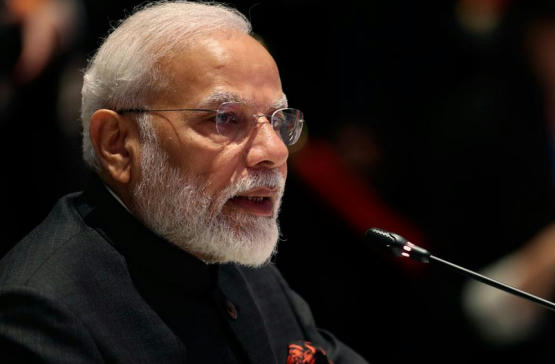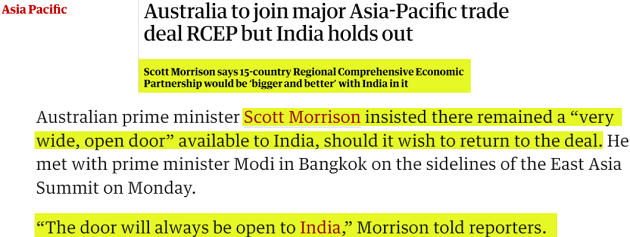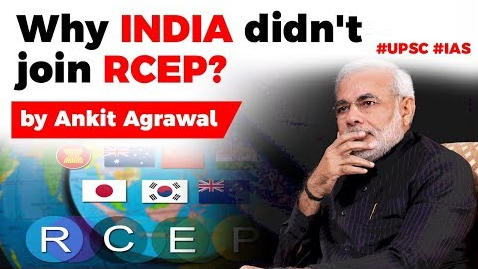Table of Contents

RCEP is a proposed Free Trade Agreement (FTA)


- “When I measure the RCEP Agreement with respect to the interests of all Indians, I do not get a positive answer. Therefore, neither the Talisman of Gandhiji nor my own conscience permit me to join RCEP.”

WHY INDIA DIDN’T JOIN RCEP?
- Inadequate protection against surges in imports. Cheaper products from China would “flood” the market. (No anti-dumping duty) India has also not received any credible assurances on its demand for more market access in services.
- India’s concerns over non-tariff barriers. China is known to have used non-tariff barriers in the past to prevent India from growing its exports to the country.
- Concerns on a “possible circumvention” of rules of origin — the criteria used to determine the national source of a product — were also not addressed.

- India had also sought 2014 base year for tariff reductions instead of 2013.
- India has raised import duties on several products between 2014 and 2019.
- Using a base year before 2014 would mean a drastic drop in the import duties on these products.

WHAT COULD HAVE BEEN ITS IMPACT?
- This could have further impacted the economy which is already under tremendous pressure after Demonetization & GST.
- The worst hit manufactures through RCEP could be- steel and aluminum, copper, pharmaceuticals and textile.
- It could threaten farm livelihoods, autonomy over seeds and also endangers the country’s self-sufficient dairy sector.
WAY FORWARD
- India will certainly loose its business in the region but had India signed the agreement it could have been much worse. ($5 trillion)
- India must try to make its products & market more competitive.
- India should be firm in its demand and not come under any International pressure.
- There is always a bright future if India is able to negotiate.

Latest Burning Issues | Free PDF






















 WhatsApp
WhatsApp